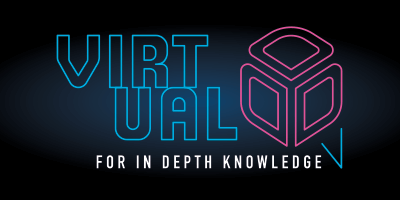
by Organisers @virtualddd | Nov 7, 2025
Use phrases like ”adopted despite” to list the known downsides of the chosen option. This formally acknowledges dissenting viewpoints and trade-offs directly within the decision record. It helps people feeling more heard and provides a more complete picture of the...

by Organisers @virtualddd | Nov 7, 2025
Break large, multifaceted decisions into a series of smaller, more focused ones. This isolates areas of disagreement, allowing the team to make progress on the majority of points. It prevents a single objection from derailing the entire initiative. It also avoids...

by Organisers @virtualddd | Nov 7, 2025
Accountability stems from a culture of ownership, not from rigid enforcement. Empowering teams to make and own their decisions fosters the intrinsic motivation required to see them through to implementation. This culture is the foundation of a decentralized model....

by Organisers @virtualddd | Nov 7, 2025
Do not dismiss strong opinions, even if they seem confrontational, as they may hide valid concerns or unstated assumptions. Use questioning to unravel the reasoning behind the opinion, transforming it from a potential blocker into valuable input. This ensures all...

by Organisers @virtualddd | Nov 7, 2025
Do not wait until a decision is fully formed to present it for advice, as this invites criticism rather than collaboration. Engage architects and stakeholders throughout the decision-making process to incorporate their knowledge and context early. This makes the...






